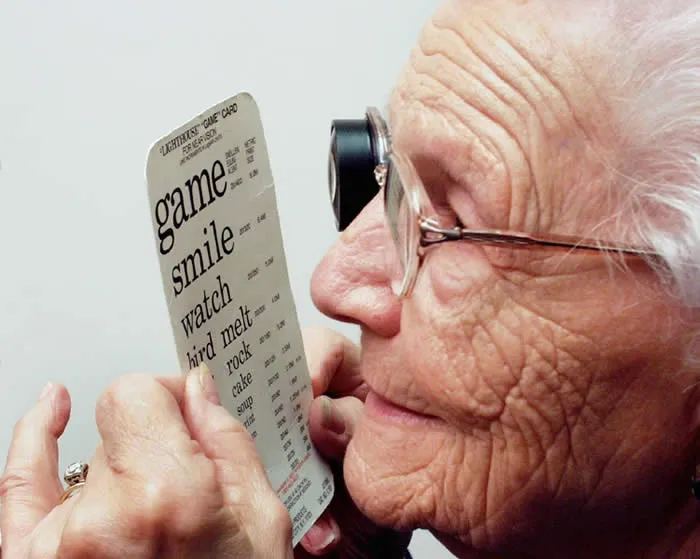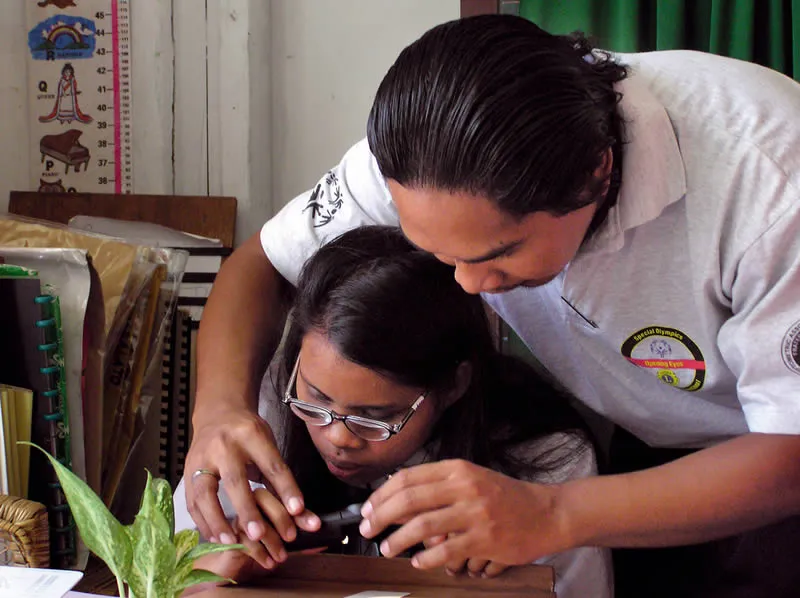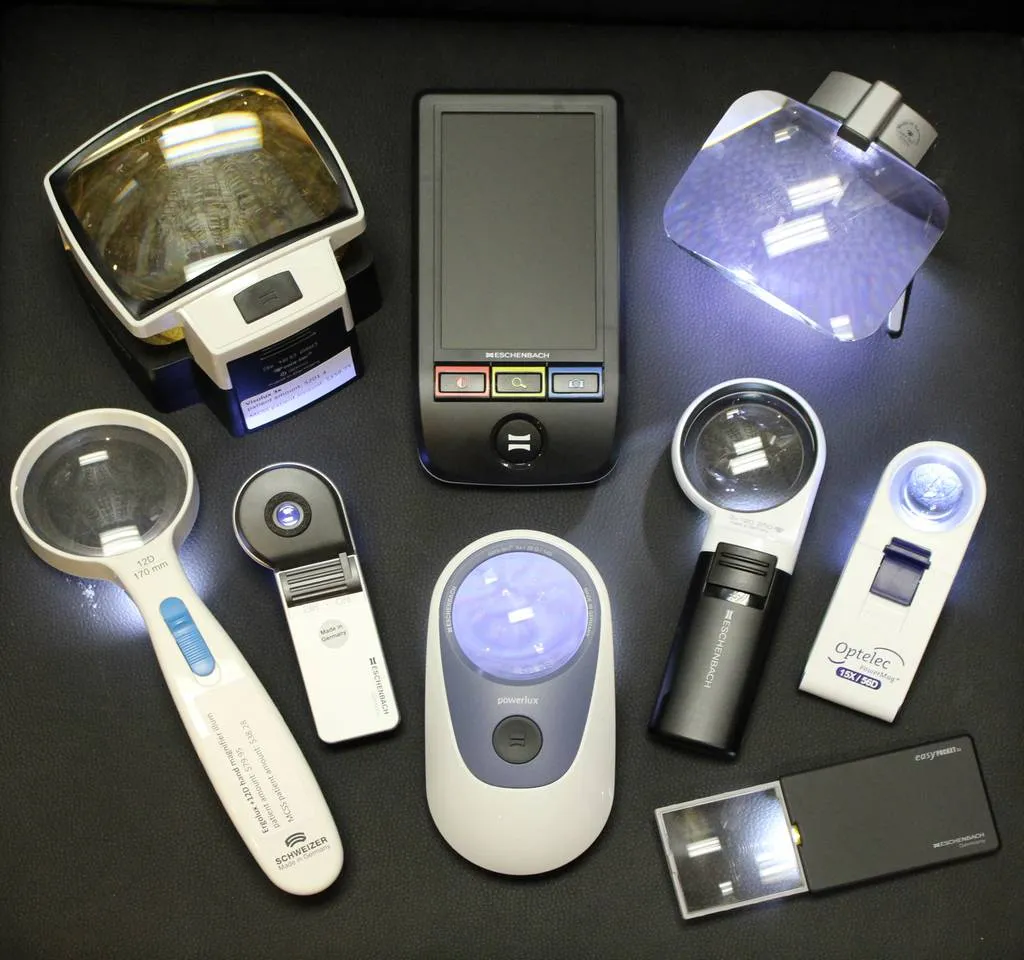Low vision refers to a condition of diminished visual performance that cannot be rectified by surgical methods, medical means, or with the use of conventional spectacles or contact lenses. Reduced visual function is commonly manifested clinically by a reduced visual field and/or by decreased visual acuity. It is difficult to identify a person as having low vision strictly on the basis of visual acuity, because the term low vision specifically implies a reduction in function. The World Health Organization and the International Classification of Diseases and Health Related Problems identify low vision as best corrected distance visual acuity worse than 20/60 (6/18) in the better eye but better than or equal to 20/400 (3/60) and blindness as best corrected distance visual acuity of less than 20/400 (3/60). Low vision is equivalent to visual impairment, and it has also been referred to by other terms, such as subnormal vision, partial sight, partial blindness or poor vision. A more functional definition is uncorrectable vision loss that interferes with daily activities (Massof and Lidoff)
Total blindness is the complete lack of light perception and form perception. Vision impairment and age-related eye diseases affect economic and educational opportunities, reduce quality of life, and increase the risk of death. Globally, it is estimated that approximately 1.3 billion people live with some form of vision impairment. With regards to distance vision, 188.5 million people have mild vision impairment, 217 million have moderate to severe vision impairment, and 36 million people are blind (Bourne et al, 2017). With regards to near vision, 826 million people live with a near vision impairment (Fricke et al, 2018). Globally, the leading causes of vision impairment are uncorrected refractive errors and cataracts. Approximately 80% of all vision impairment globally is considered avoidable. The majority of people with vision impairment are over the age of 50 years.
Anyone can be affected by low vision because it results from a variety of conditions and injuries. Because of age-related disorders like macular degeneration, cataract and glaucoma, low vision is more common in adults over age 45 and even more common in adults over age 75. For example, one in six adults over age 45 has low vision; one in four adults over age 75 has low vision. According to (Shah et al, 2008), age is the most important risk factor for functional low vision. Poor education was also significantly associated with FLV.
There may be one or more causes of low vision. These are usually the result of disorders or injuries affecting the eye or the entire body. Some of the most common causes of low vision include uncorrected refractive errors, cataracts, glaucoma, age-related macular degeneration and corneal opacity. Low vision may also result from amblyopia, diabetic retinopathy, toxoplasmosis, albinism, brain injury, eye injuries or inherited disorders of the eye including retinitis pigmentosa.
TREATMENT/ MANAGEMENT
Eye care professionals are ideally suited to care for the patient with low vision by providing the prescription of optical, non-optical and electronic adaptive devices as well as proper referrals for rehabilitation services.
The objective of prescribing low vision aids is to enable the patient to use his or her remaining vision more effectively and efficiently. The prescription of optical devices cannot cure the ocular pathology, but it can help the patient to overcome the disability created by the pathology.
Low vision devices come in many different forms, but they all basically provide magnification to overcome deficits in detail vision. For near tasks, microscopes, telemicroscopes, handheld magnifiers, and stand magnifiers may be prescribed. For distance tasks, there are different types of spectacle-mounted telescopes, handheld monoculars, and binoculars that may be prescribed. There are also electronic and non-optical means of obtaining magnification. Examples include use of instruments that present an enlarged image (an example is a computer that enlarges print), adaptive equipment (equipment such as Braille faced watches, computer keyboards, telephone key pads, large print on any device, etc.) and life style training for mobility and other everyday activities.
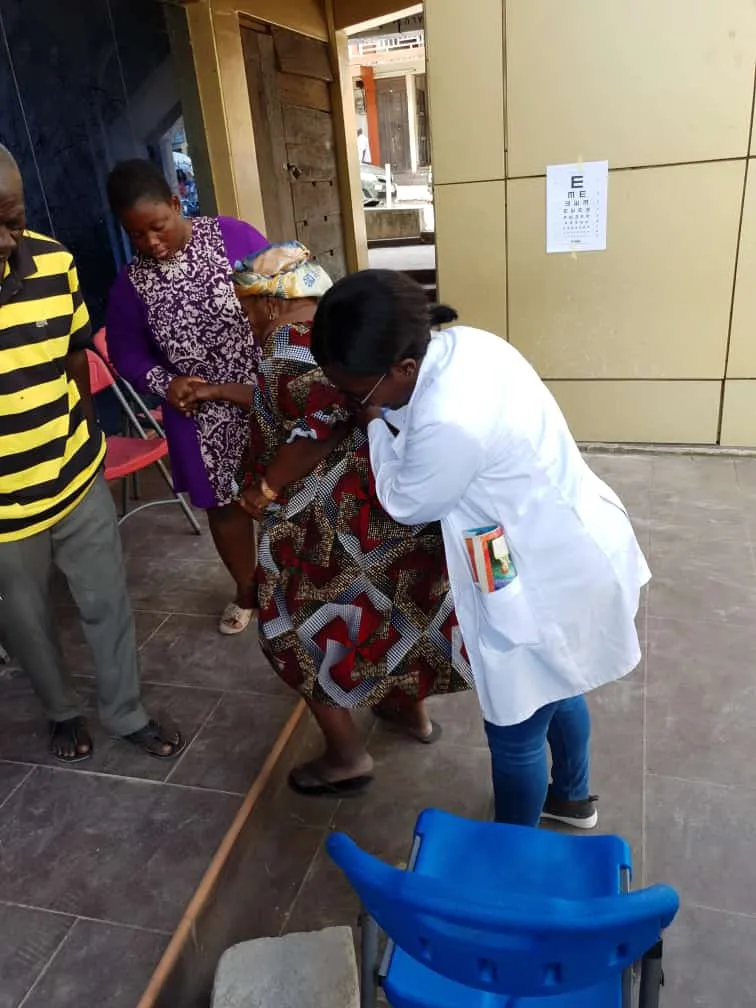

What is @bettervision about?
@bettervision is is a project initiated by @nattybongo and friends to give back to the society the knowledge and skill acquired through the Optometric Studies in Kwame Nkrumah University of Science and Technology, Ghana.It is an outreach system where we visit the less privileged communities to offer free eye screening services and education to the people within the community
AIMS AND OBJECTIVES
To reduce or prevent vision loss through diseases such as glaucoma, cataract and refractive errors.
To enlighten the majority of the Ghanaian population about the importance of proper visual care.
To conscientize people on the need for regular eye checks
To get more people to have their wards screened within the Critical periods of a Child’s Vision Development; thus from ages 3 to till about 10 years.
To help the blind and people with low vision live a better life within the society through education of the general public to stop stigmatization.
To help in the fight of extreme poverty that puts the health of people at risk

Our greatest gratitude goes to @fundition @adollaraday @surfyogi @girlsfoundation @bleepcoin @ackza @indigoocean @nanzo-scoop @steemstem @demotruk @pennsif @steem-ambassador @kasho and @wafrica for helping to make the aims and objectives of @bettervision a reality.


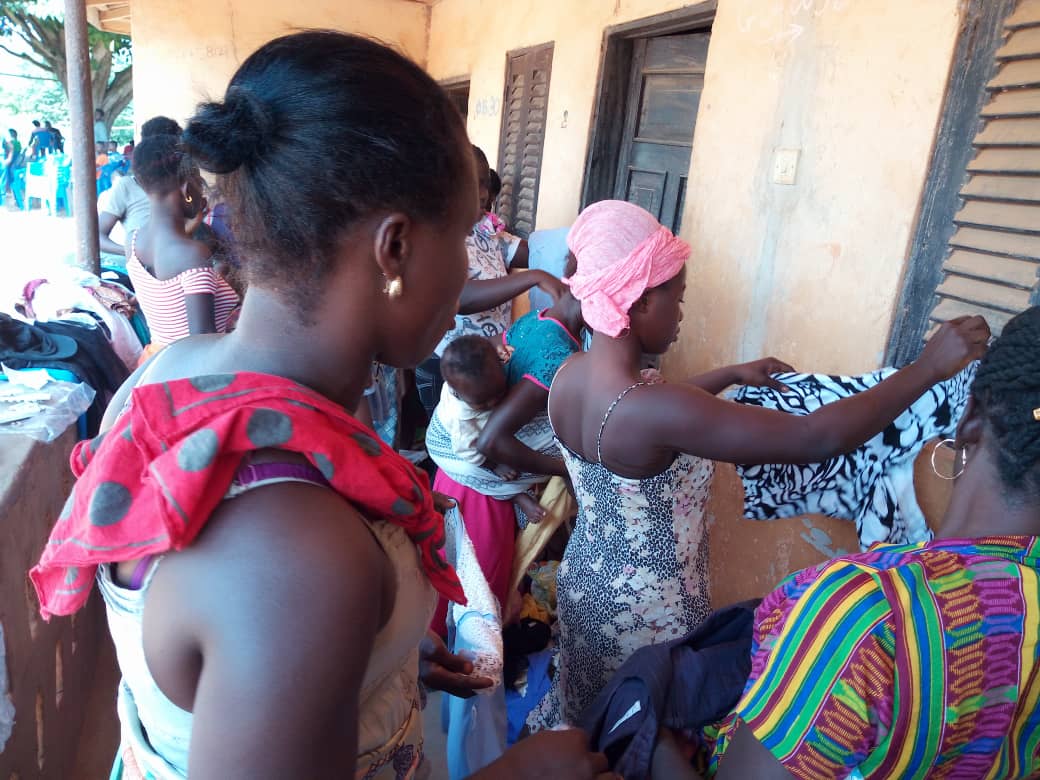shirt.jpg](https://images.ecency.com/p/3jpR3paJ37V8JxyWvtbhvcm5k3roJwHBR4WTALx7XaoRovbdkGwm8sDfo9UUXEuNZXBMC1kdmJ6coMxZnzE8tqnHbG5dNEHKxuT43r9nisaaZ4NderHKyDtCXn8wp1tG6F6zi.png?format=match&mode=fit)
